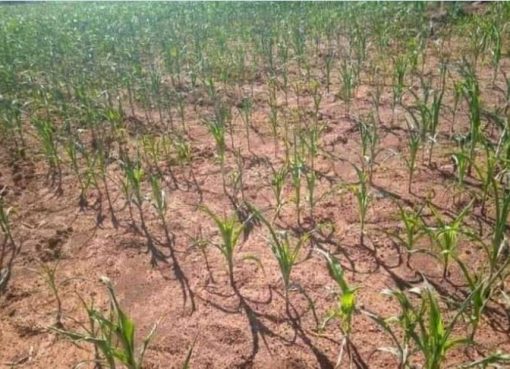Despite their proximity to Lake Baringo, a huge fresh water body, communities living around it have always lacked water.
This scenario is about to change thanks to Geothermal Development Company which has laid a 120 kilometre pipeline that will now quench the thirst of over 10,000 households surrounding the lake.

According to the Company’s Regional Manager Mr. John Lang’at the company has also set up 20 community water points with two animal water troughs at each point for livestock watering.
“We have also set up a solar-powered water reticulation system at each point which will enable the community to get high quality water equivalent to bottled water,” said the manager.
Lang’at added that the project was sustainable as it uses green energy from the solar panels fitted above the tanks.

The reticulation system has sand, carbon and fluoride filters that will reduce the high fluoride levels in the water lake that is the major cause of discoloured teeth and weak bones among the residents in the area.
The residents from Pokot, Tugen and Illchamus communities will no longer have to cover tens of kilometres with their animals and children in search of water as the project has largely reduced the distance covered to reach a water point.
The residents are grateful to GDC for setting up the pipeline saying it will reduce cases of water borne diseases as well as the risks of being attacked by wild animals when fetching water at the lake.
Meisore Primary School in Baringo South head teacher Sammy Ole Suna noted that the project had seen reduced cases of absenteeism as children no longer trek long distances to fetch water.
A similar scenario is experienced at Riong’o where the head teacher Mr. Collins Kasses says they have realized increased enrolment of pupils.
“We used to have between 60 to 80 pupils but we have seen an increase to 100 pupils since GDC-availed water which is within the school compound,” said the head teacher.

Chepungus area residents are happy as they no longer drive their livestock 50 kilometres to the lake or an equivalent distance to river Nginyang’.
According to a resident Mzee Amos Losute they have now been able settle down from nomadic pastoralism and this has enabled their children to attend school regularly.
“Our women can now avoid travelling long distnces to fetch water while carrying children on their backs, we now feel that we are Kenyans,” said Losute praising the government for the project.
The water troughs serves an estimated 5, 000 goats, 3, 000 heads of cattle and unknown number of camels and donkeys.
Communities have also benefited from a new 120 kilometre murram road that was initially non-existent.
The project has been made possible through a geothermal financing arrangement between the government of Kenya and Germany through the KFW bank to a tune of 80 million Euros.
The GDC which is mandated to develop Geothermal energy by the government is currently drilling one of the three geothermal wells in the Lake Baringo-Silale block which will inject an additional 300 megawatts of electricity to the national grid.
The first geothermal well which will be Kenya’s fourth after Olkaria, Menengai and Eburu will be complete in two months’ time after they hit the
3, 000 Kilometre target.
By Sharon Kemei and Christopher Kiprop





